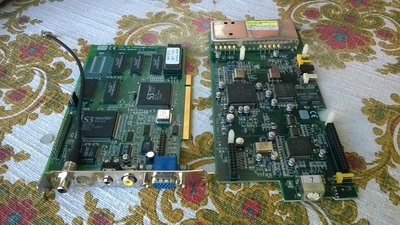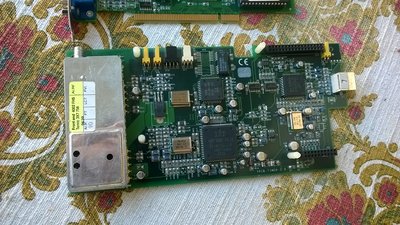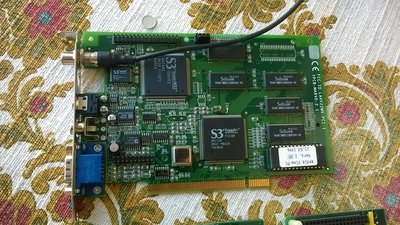ElBrunzy wrote:very interesting idea brostenen. I've had many hear that nes and console of its kind where not compatible with lcd, if this is true and maybe you can convert signal from coax analog to digital display port. The tie would be about drivers, those old cards seem to have been abandoned with the xp era.
Well, I think 'not compatible with lcd' is a bit too over-generalized. The issue is that many early computers/consoles cut various corners in the design of their video output circuitry to keep the complexity and cost down. As a result, the output signal was close to PAL/NTSC/SECAM, but not quite 100%.
CRT-based TVs from that era were generally quite forgiving. The signal implicitly synchronizes the beam, and there's quite a bit of tolerance in the system. There's no problem running at a framerate of a few percent higher or lower, or the width of the scanlines being a few percent bigger or smaller. Likewise, the extra pulses ('front porch'/'back porch'/colorburst stuff) simply drive some analog circuit, and it generally 'just works', even if some of these pulses are timed a bit wrong, or are missing altogether.
LCD however is a digital system, so basically they run the analog signal through a framegrabber first, and then display the digitized image on the LCD screen. The digitizer actually expects certain pulses within certain windows of time, and at certain amplitudes, to be able to sync to the image and digitize the pixels. Some framegrabbers are more tolerant than others, but generally not as tolerant as a CRT. So some LCDs work better than others.
One trick you can use is to run the signal through a VCR from that era. While these VCRs are still fully analog, many of them will 'clean up' the signal, because they extract the scanline information from the incoming signal, and reconstruct a new output signal, using their own synchronization and colorburst pulses. These pulses tend to be more 'correct' than what comes from the video output of the machine, so there's a bigger chance that a framegrabber/LCD screen will be able to digitize the signal properly.
So TL;DR: you may 'get lucky' with some framegrabber cards, that can handle old computers/consoles properly, but it's as much of a gamble as LCD TVs are. There's certainly no guarantee that they will work.
I have a rather high-end Blackmagic Intensity framegrabber, and it's great with HDMI and proper PAL/NTSC stuff, but it's completely useless for CGA composite for example. A low-end Terratec Grabby USB works much better.
My Samsung LCD TV also works fine with CGA composite by the way. It can't handle a ZX81 though (missing 'back porch'), but I have a VCR to fix that 😀


